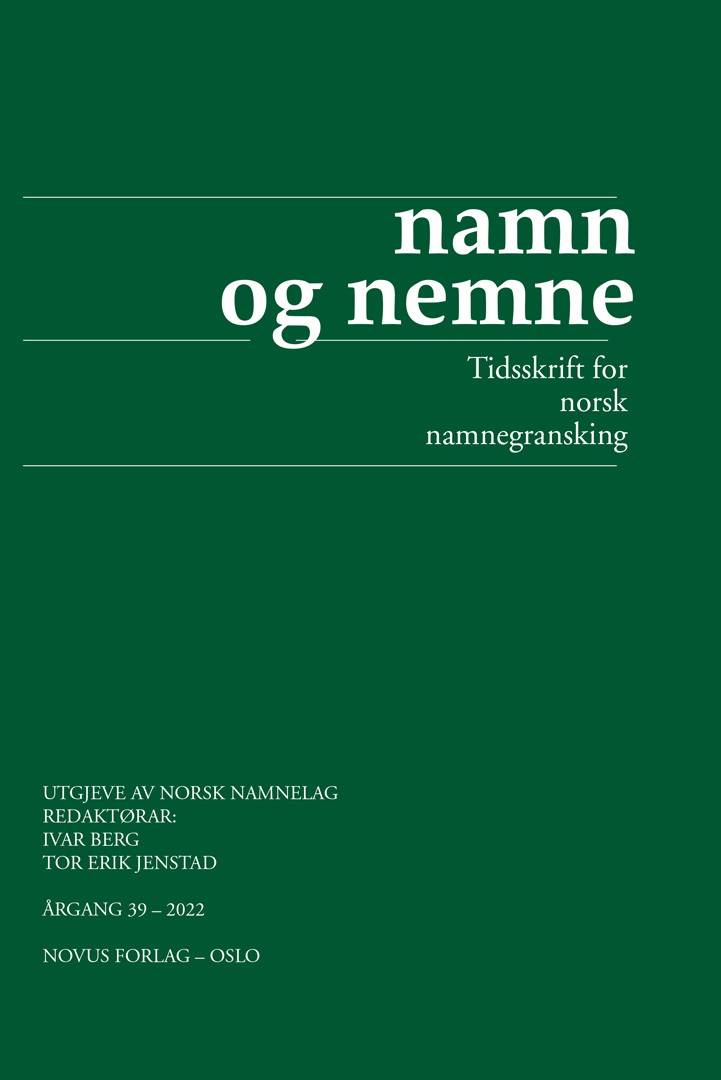Sammendrag
This article discusses toponyms ending in -sete from Indre Sogn in Norway. Scholars disagree about -sete’s morphology (dative or nominative), denotation (natural or man-made features) and reference (hamlets, fields, or places connected to animal husbandry). Data from Indre Sogn suggests shielings as main reference, and epenthesis and apocope of ON setr/sætr as morphological development, thus matching earlier data from Hardanger (Helleland 1989). Furthermore, the article highlights two new aspects of such names:
-sete marks names typically located in clusters on the outskirts of villages. This explains their distribution better than elevation above sea level, as the clusters contrast name loss by maintaining close functional interaction between sete-names that otherwise are completely unproductive nowadays, and hence would disappear.
-sete denotates man-made features and means broadly ‘area utilised for one specific purpose’. Further semantic specification follows a spectrum between names deriving from ON setr/sætr and similar names from ON sæti, likely due to historical convergence of these morphosyntactic similar lexemes.

Dette verket er lisensiert under Creative Commons Attribution-ShareAlike 4.0 International License.
Opphavsrett 2022 Samuele Mascetti

